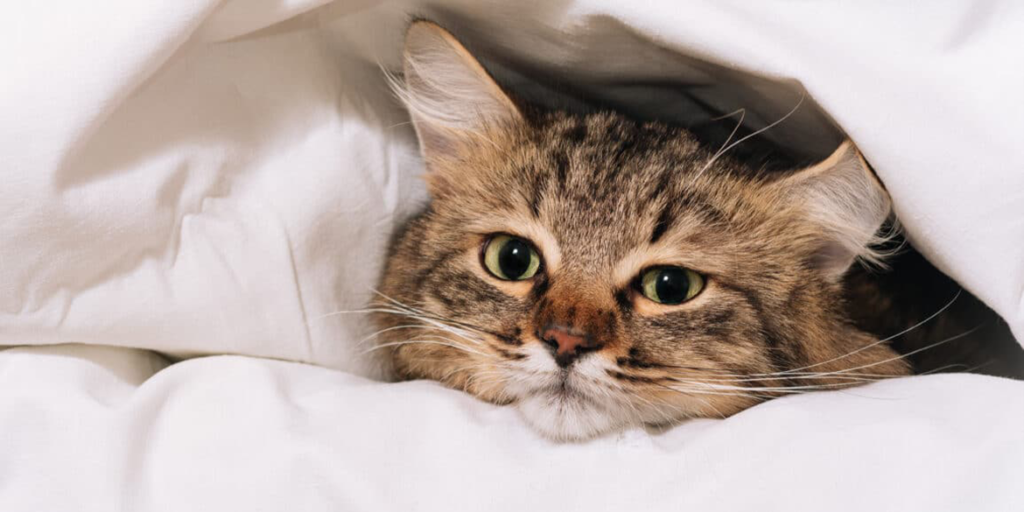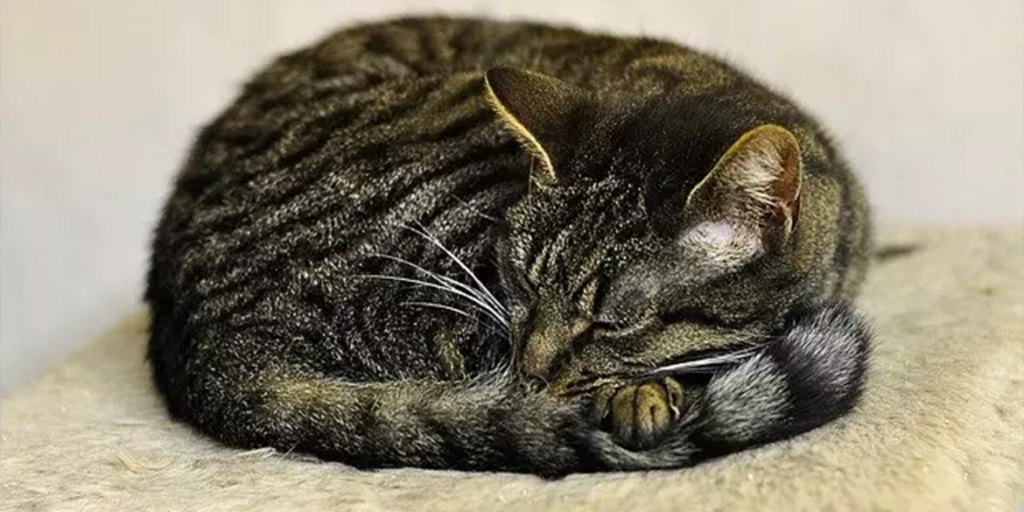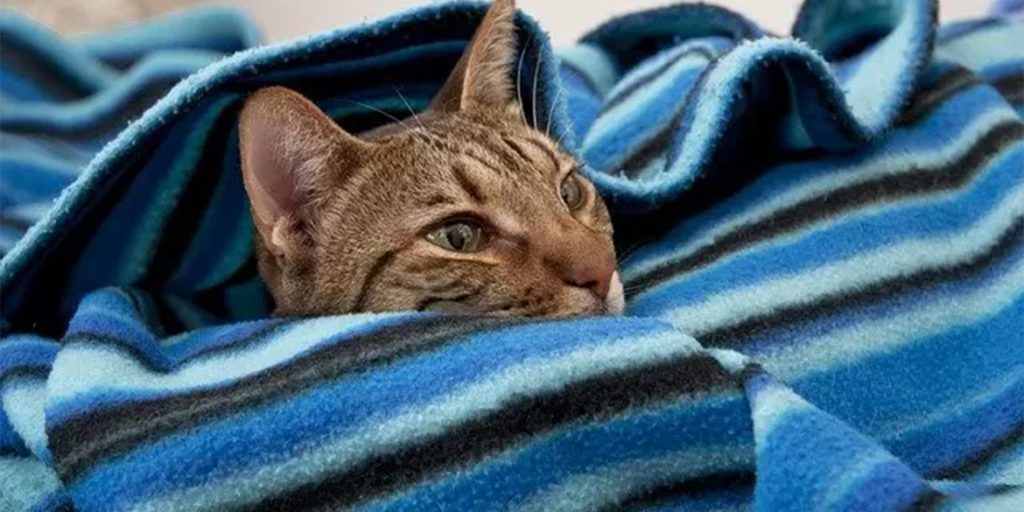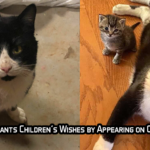
Even with a built-in fur coat, cats still get cold when the temperature drops. Their survival instinct tells them that finding warmth is extremely important, and both indoor and outdoor cats will seek out heat when they get too cold. Most of the time, indoor cats will take care of themselves when they start to feel a chill. But if their health is compromised, or if the temperature is low enough, the cold could affect their well-being. A cat’s normal body temperature is between 99.5 and 102.5 degrees Fahrenheit. If that internal reading falls below 99 degrees, they’re at risk of hypothermia. Knowing how to tell when your cat is too cold will ensure they stay warm and healthy even on the coldest days of the year.
Their Extremities Feel Cold
As your cat’s body temperature drops, their extremities will be the first to feel the chill. Their ears, paws, and the tip of their tail might feel cold to the touch compared to the rest of their body. The ears are especially vulnerable as they don’t have as much fur as other areas. These are also the body parts most at risk of developing frostbite. If your hand can discern a temperature difference between your cat’s extremities and other parts of their body, that most likely means they’re uncomfortably cold.

They’re Especially Cuddly
Thanks to an instinct passed down from their wild ancestors, cats know how important it is to stay warm. When they’re outside on their own, finding a heat source in winter could mean the difference between life and death. They’re attracted to anything that puts off a little heat, and that includes their favorite humans. When a cat is too cold, they might suddenly become the snuggle bug you’ve always wanted them to be. They’ll jump into your lap and curl up at your side because, at that moment, you’re their best chance at staying warm.
They’re Always Curled Up
When a cat is too cold, the best way for them to preserve precious body heat is to curl up into a furry ball. They tuck their little paws close to their tummy and bury their face into the fuzzy fur on their chest. This will be their go-to position while trying to sleep, and they might even do it when they’re awake and relaxing. Seeing a cat in this position every now and then doesn’t necessarily mean they’re too cold. If you hardly ever see them sprawled out, however, it could be a sign they’re desperate for a little more warmth.

They Regularly Seek Out Other Heat Sources
There are several other heat sources in your home besides your own body heat. Your home’s heater, whether that be a radiator, electric heater, or whatever else you have, is bound to be popular when your cat is too cold. Those spots should be relatively safe, but your cat might also find other places to get warm that aren’t as appropriate. The oven, fireplace, and even a single-lit candle all produce heat. And if your cat is cold enough, they could become unusually interested in getting close to those potentially dangerous areas.
They’re Lethargic, Shivering, or Weak
If a cat is cold enough for hypothermia to set in, they’ll start to show physical symptoms. Signs of mild hypothermia include uncontrolled shivering, general weakness, lethargy, and a lack of mental alertness. As their condition worsens, symptoms will progress to affect their breathing, and blood pressure, and could put them in an unresponsive state. If you notice any of these signs, it’s important to warm your cat up gradually. Doing it too quickly could put them into shock. When in doubt, always take your cat to the vet.
Tips to Keep Your Cat Warm
When you can’t rely on your cat’s fur coat to keep them warm, you should take extra steps to ensure your feline family is comfortable.
Bring outside cats indoors
Provide extra blankets
Offer a heated cat bed
Elevate the cat’s bed off the floor
Engage them in exercise

It’s also important to remember that senior cats and cats with health issues are more likely to be affected by cold weather than younger, healthier cats. These members of your family might need help staying warm even if you and your other pets feel fine. If you’re ever worried, your vet is your best source of information.

